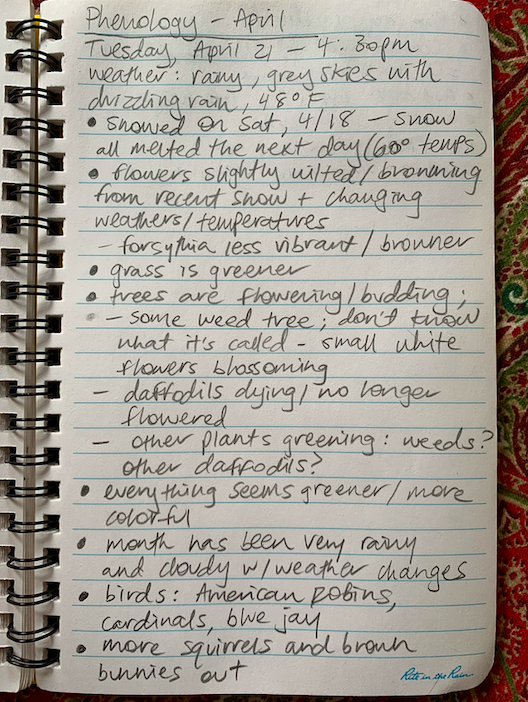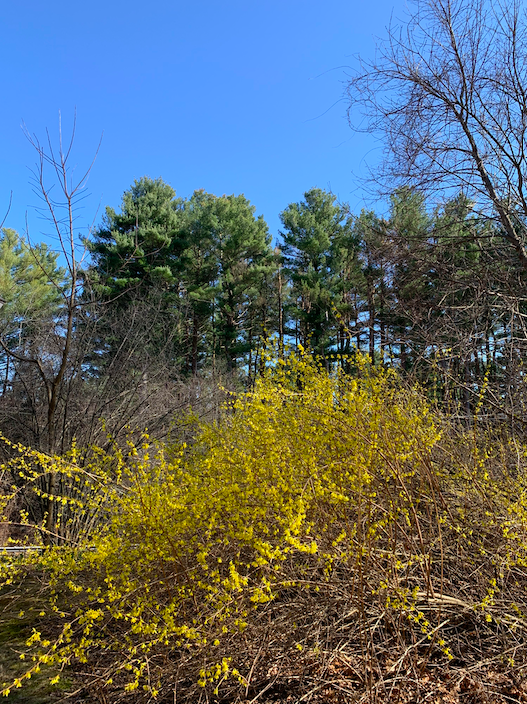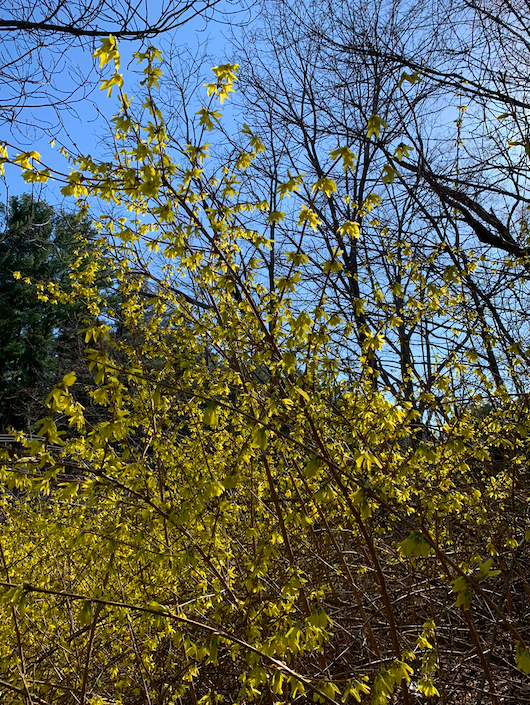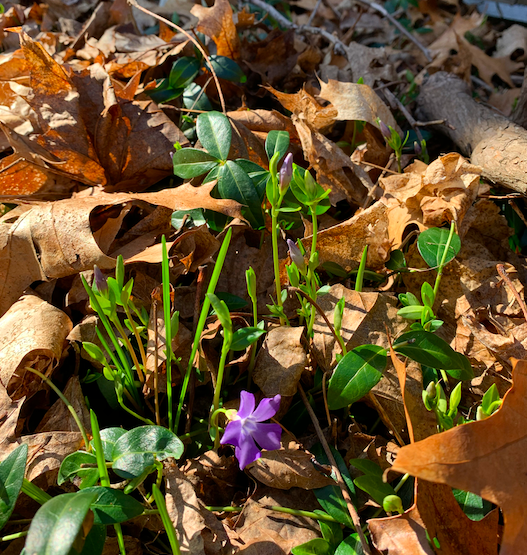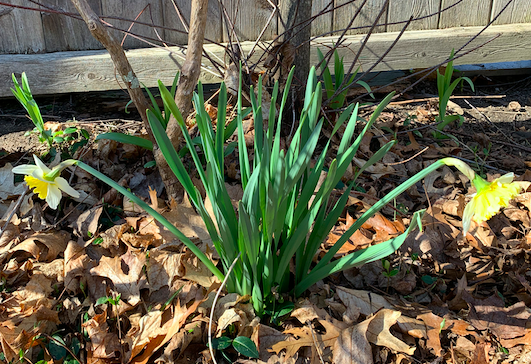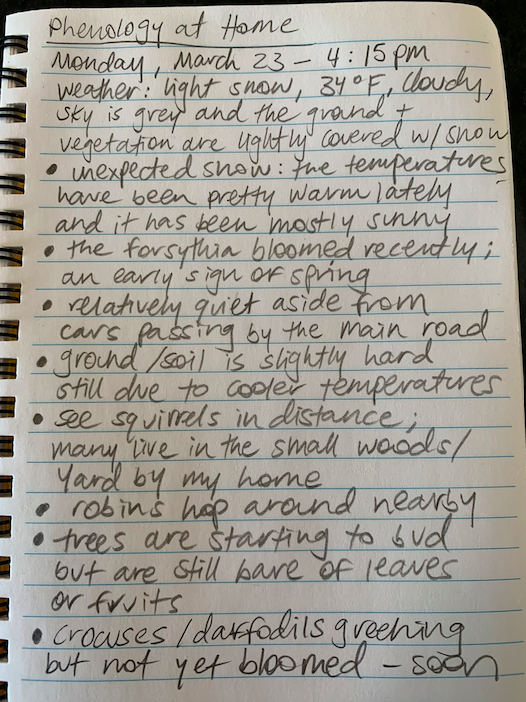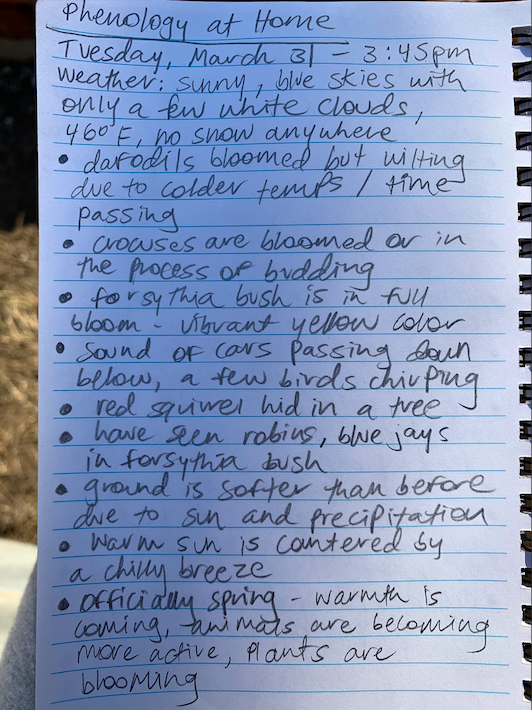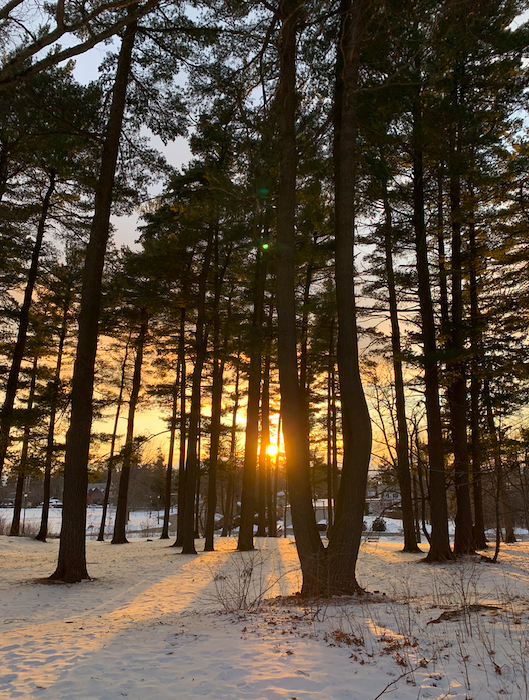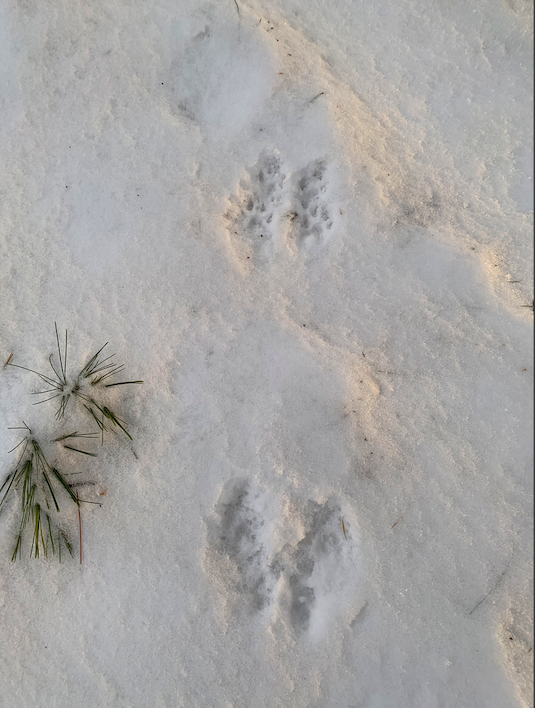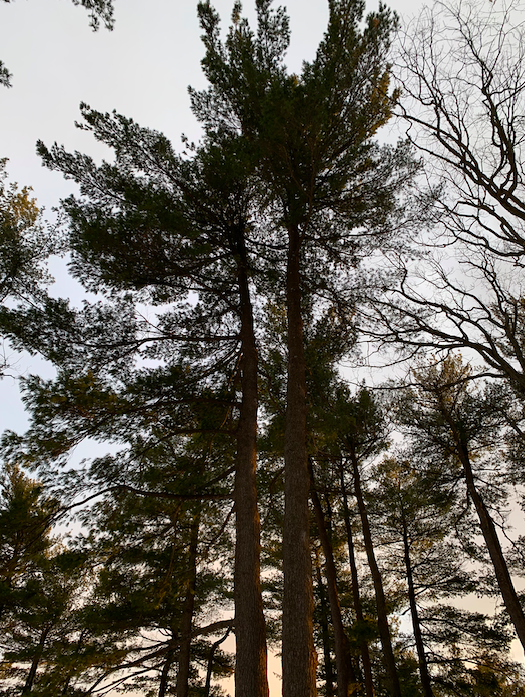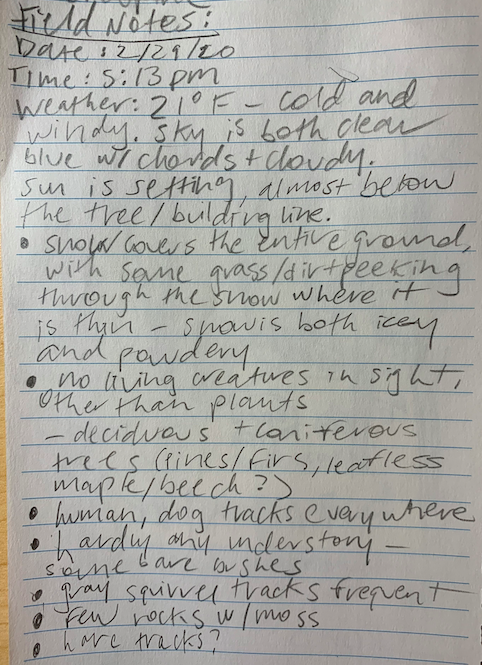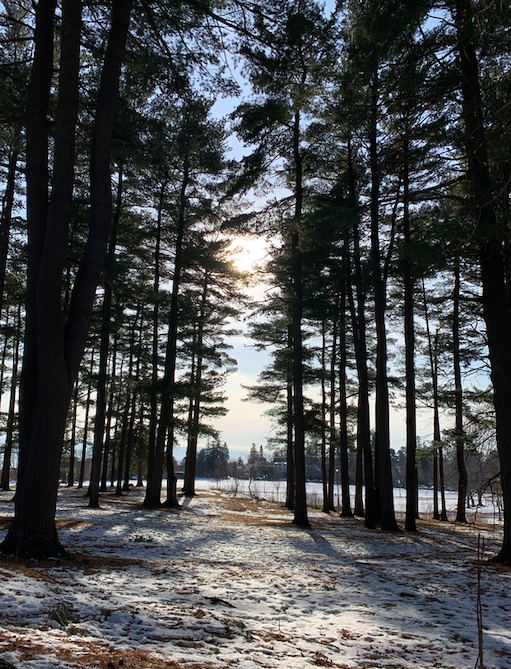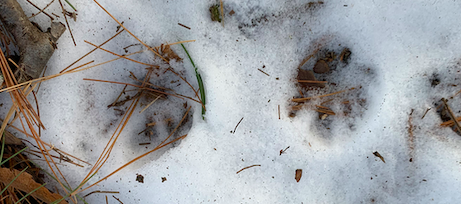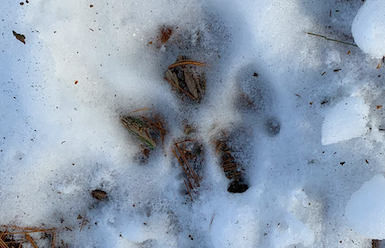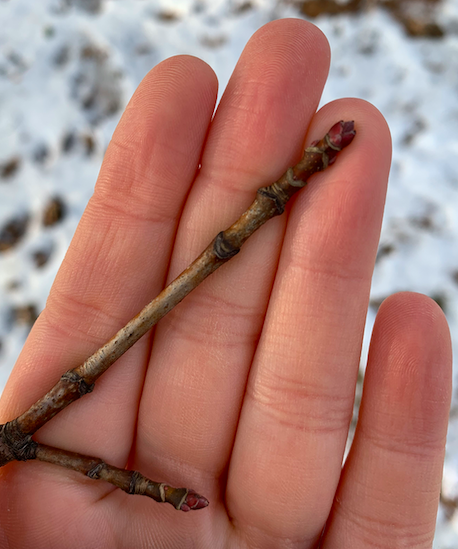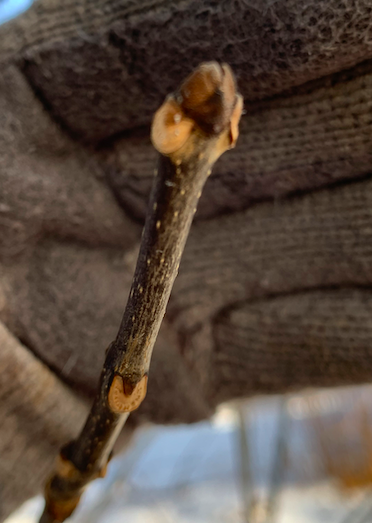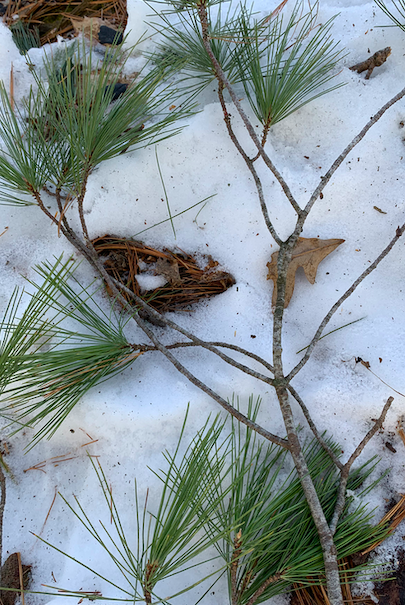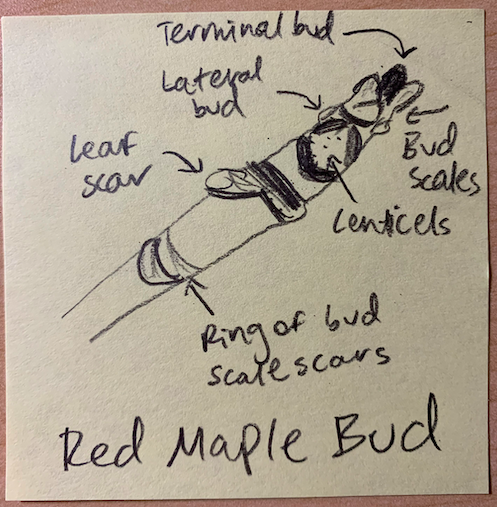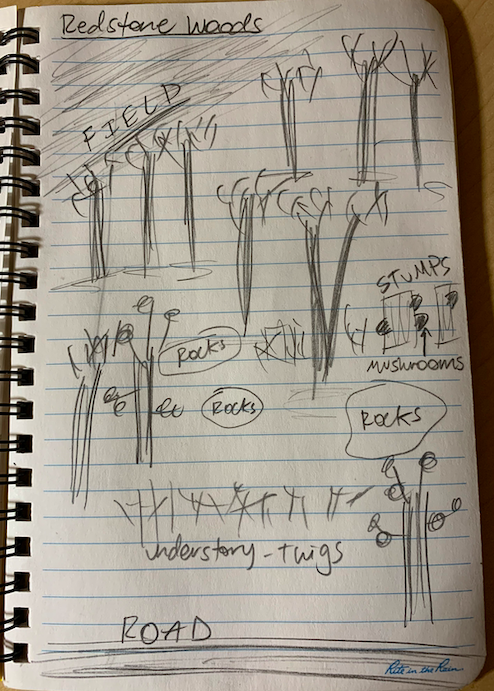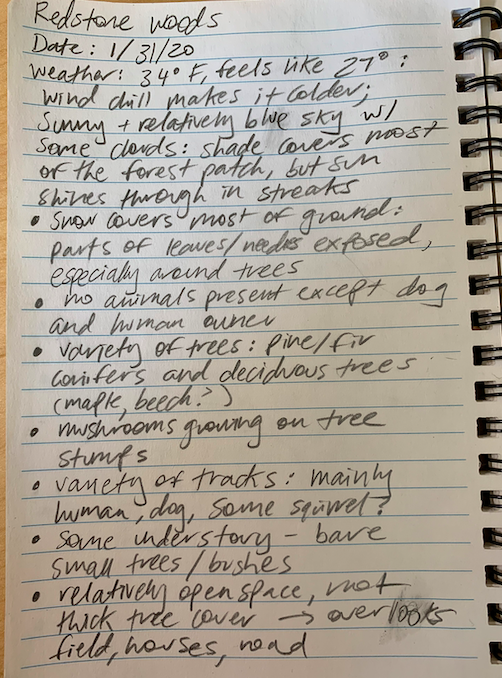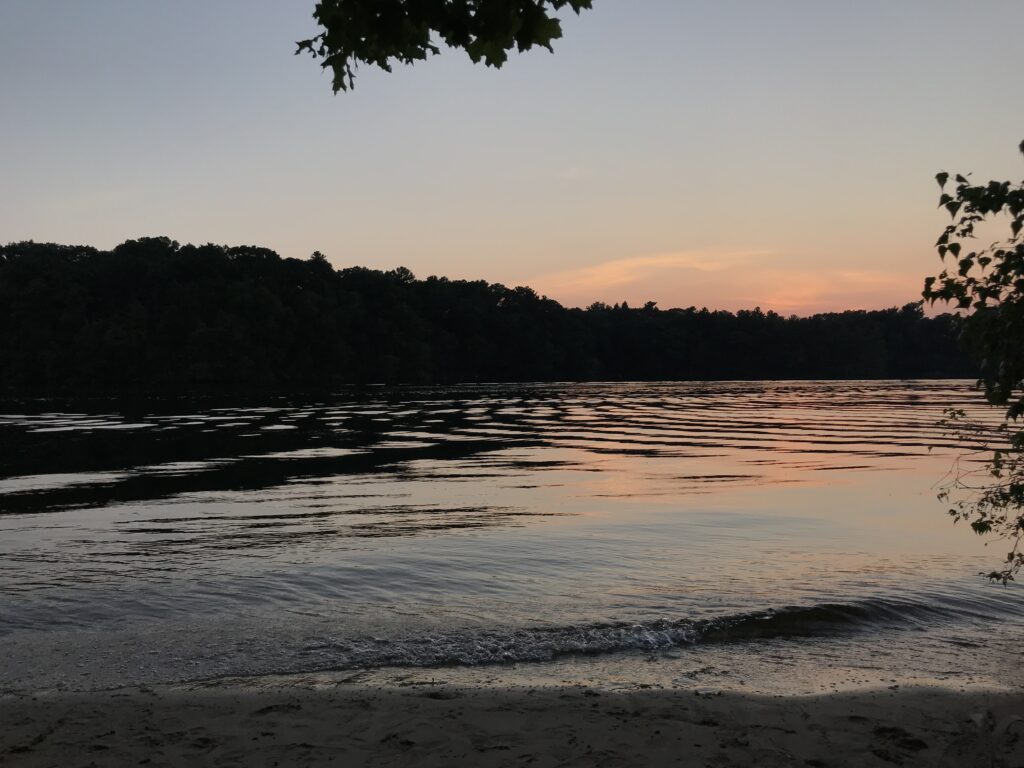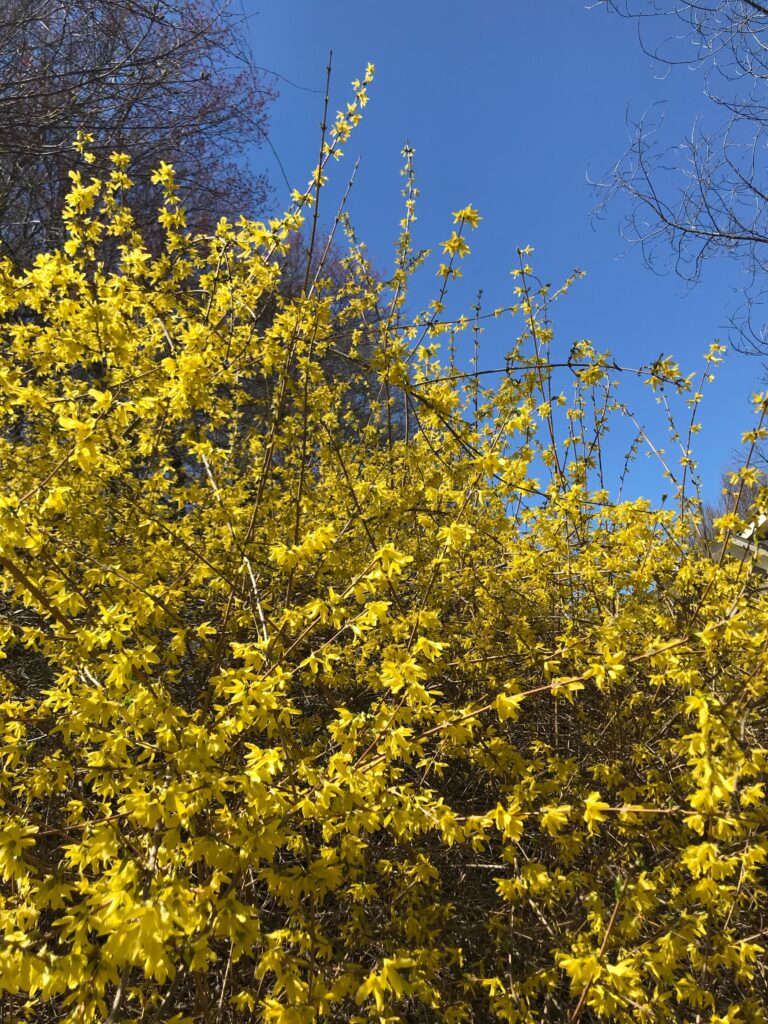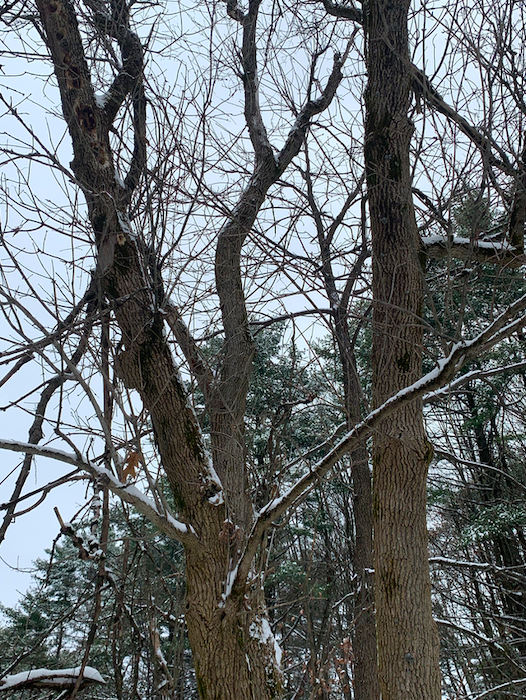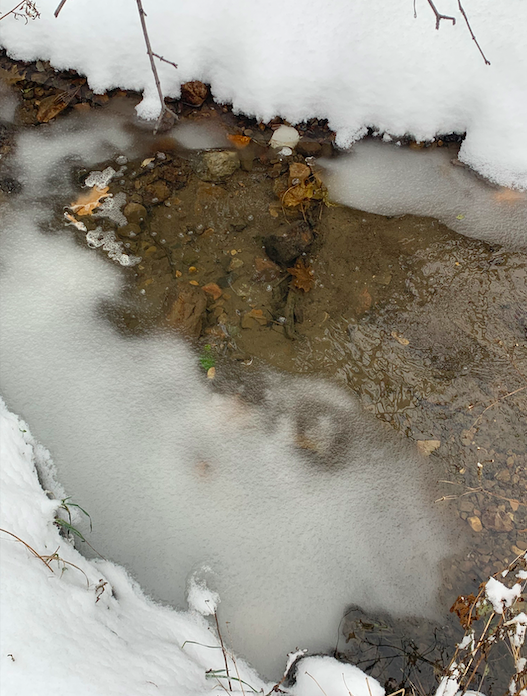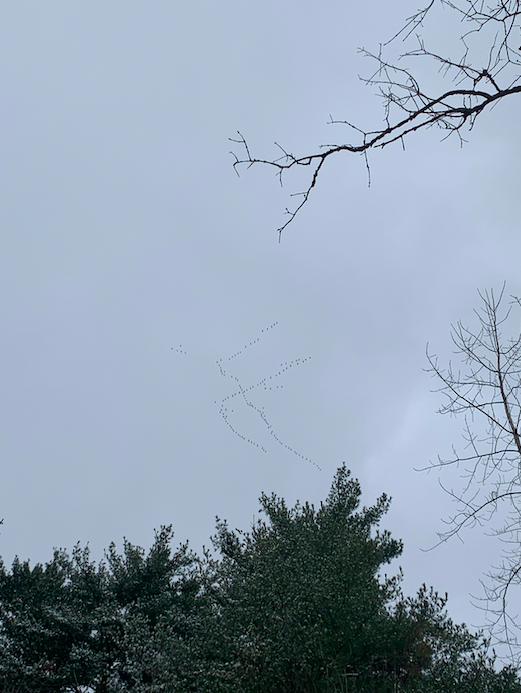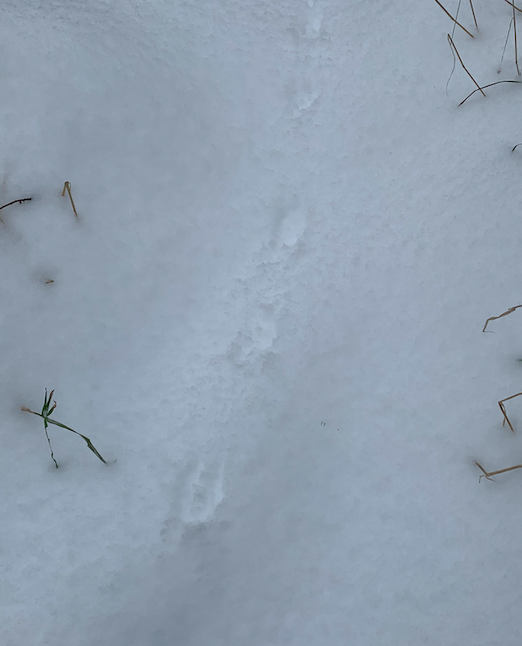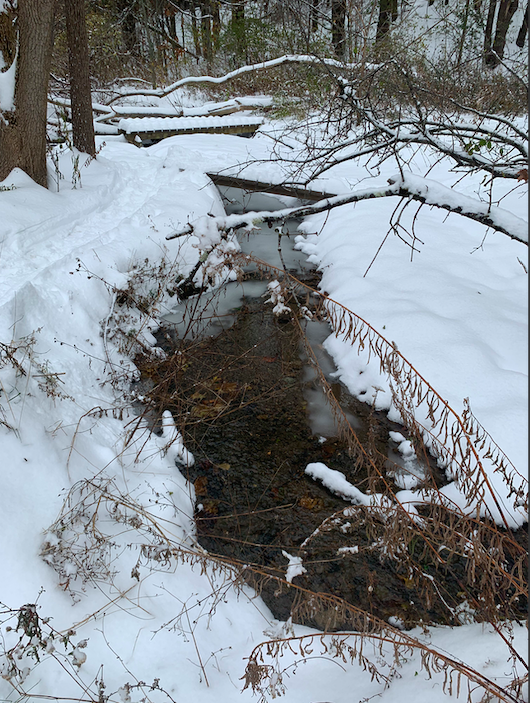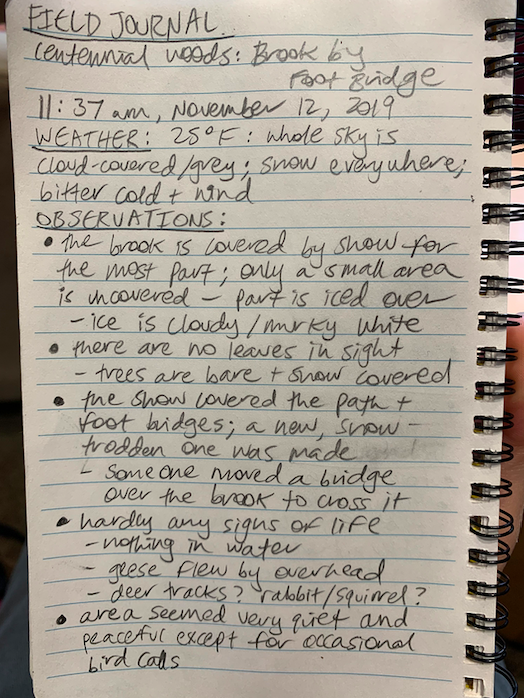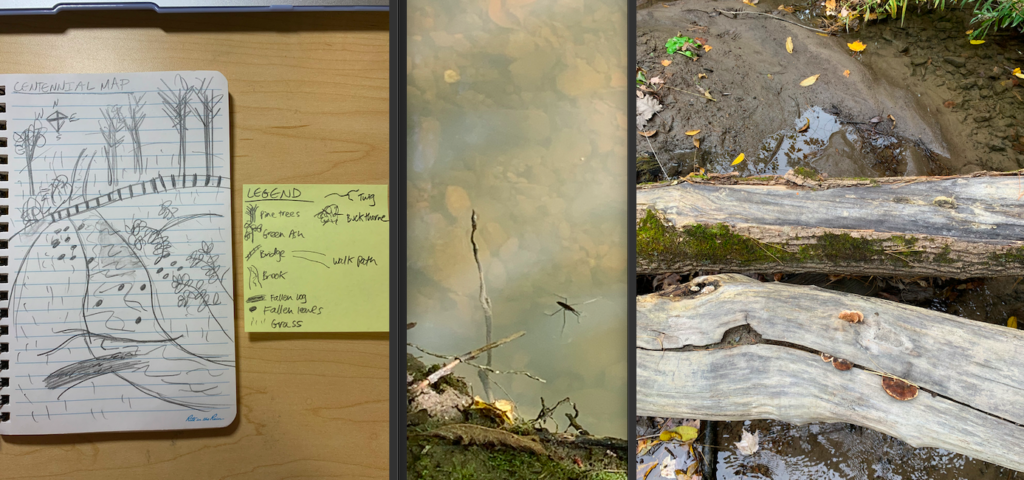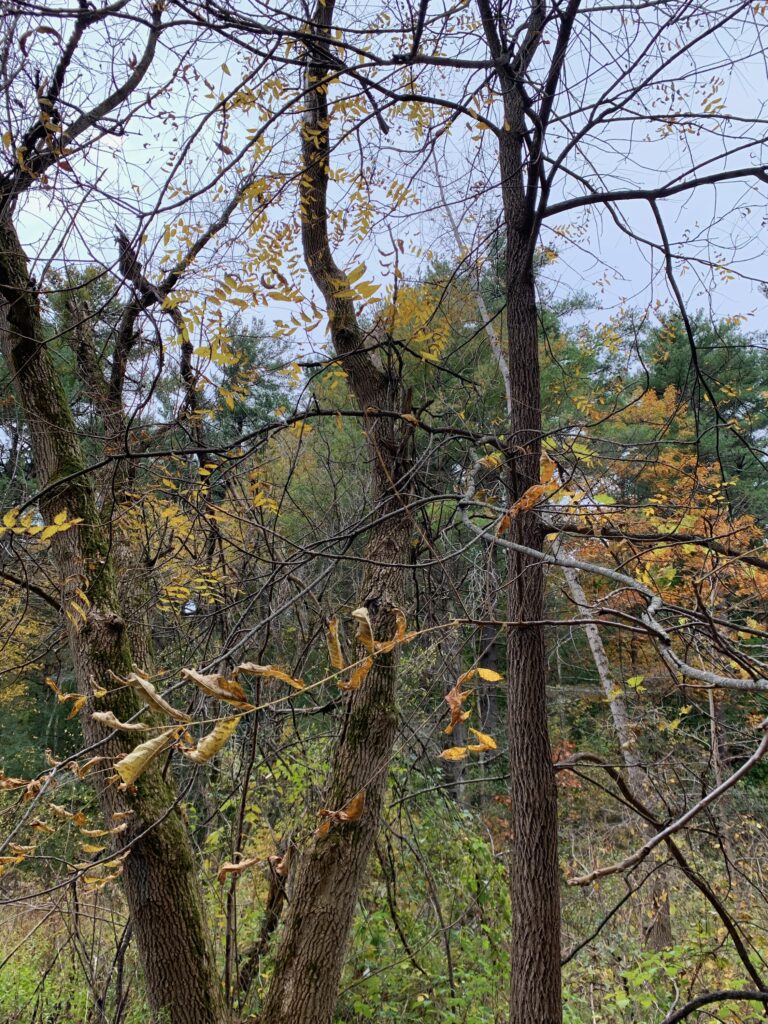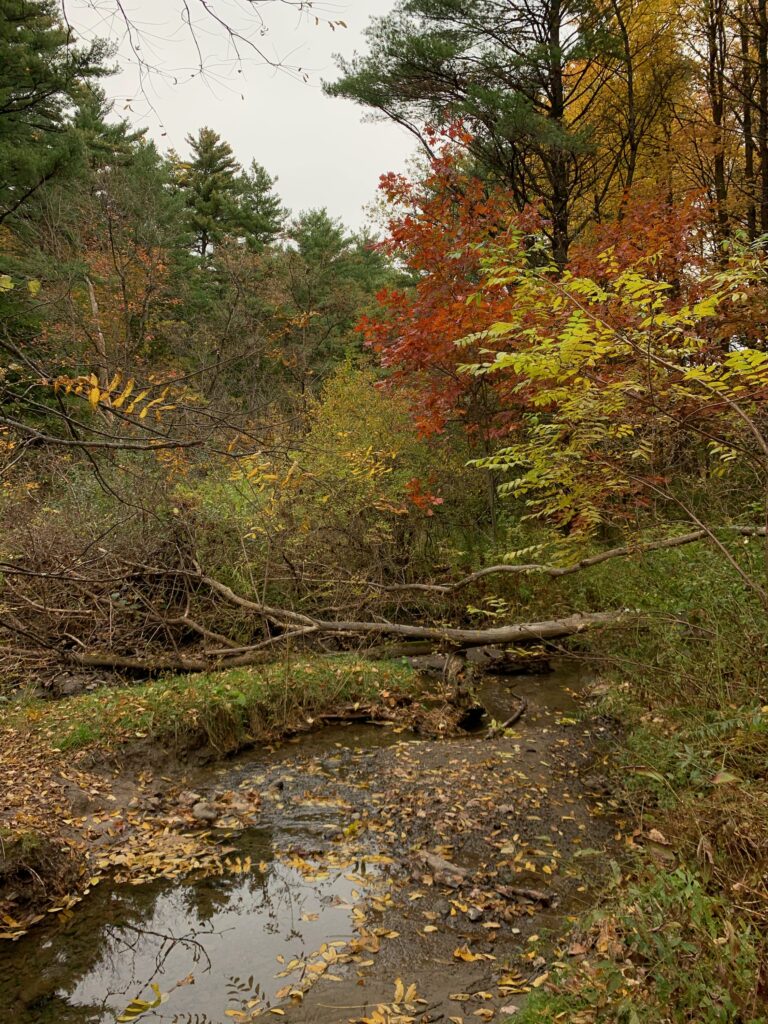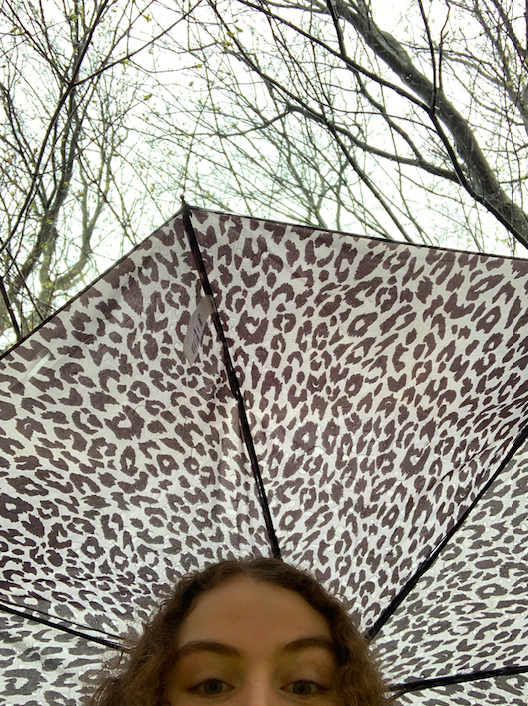
This month, April, has had a lot of changes; between contrasting weather patterns, plant growth and death, and animal activity, my backyard has held a lot of phenological activity throughout this past month. As April has progressed, the level of green has only continued to increase. The grass has gotten more vibrant, new trees are budding, flowers are growing, and the world is becoming colorful once again. It is so nice to see flowers and life becoming more active, especially in a time where people are forced to stay indoors. The peach tree in my front yard has lovely pink blossoms, and new daffodils have replaced the old ones that have died of. Small purple flowers I believe to be bellflowers have also bloomed nicely. The forsythia bush in my backyard has been struggling, so the bright yellow bush is now browning and dying; however, some new sprouts have grown, so there are green buds that should replenish the yellow flowers soon. In terms of animals, there are abundant sighting of birds such as American Robins and Cardinals, as well as some Blue Jays and Sparrows in my yard. Their calls are very pleasant to listen to, and they show a true sign of spring. Grey squirrels and (cottontail?) rabbits are another frequent sighting in my yard.
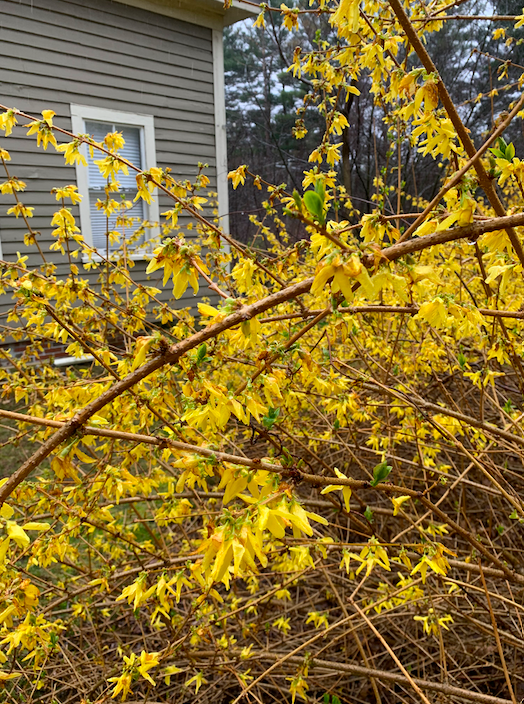
Something that has changed a lot throughout April has been the weather. There has been snow, cold temperatures, warm temperatures, sun, and a lot of cloudy and rainy days. On Saturday the 18th, there was snow throughout the night prior, as well as throughout the day – that snow turned to rain later in the afternoon, and the next day, the sun was out in full force with high temperatures. On Tuesday the 21st, I recorded the temperature to be 48 degrees F and rainy, with no recognition of the strange snowstorm we received just a few days prior. It seems that the warmth and amazing spring weather we had last month in March was just a mirage – I hope that temperatures and weather will improve going forward into May. Despite infrequencies with the climate, this month has been beautiful, and I love the signs of natural life emerging further into spring.
